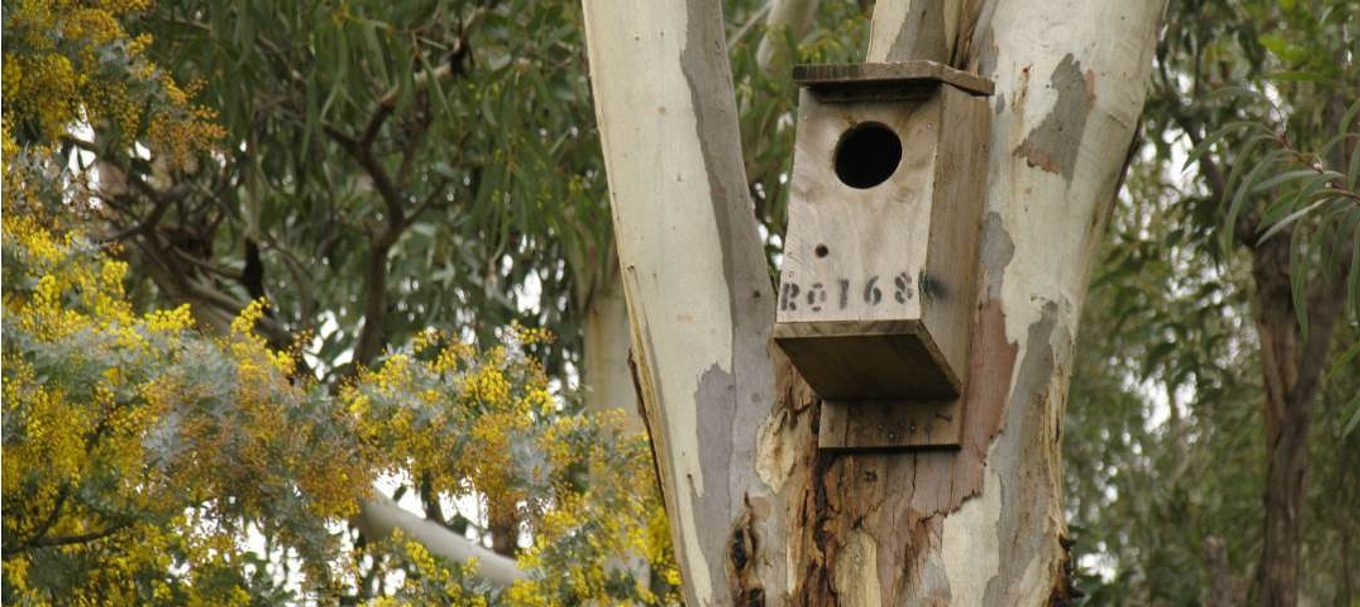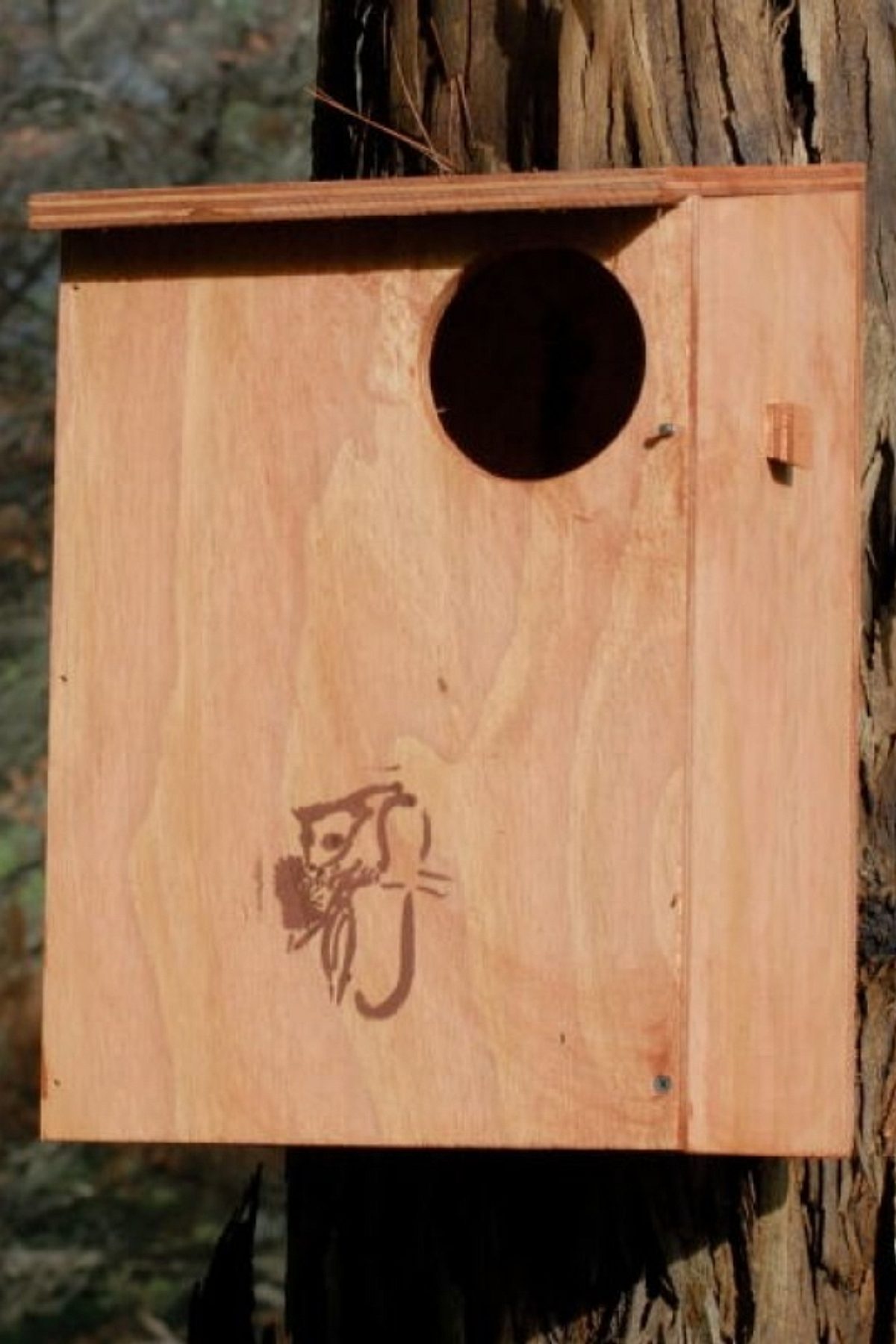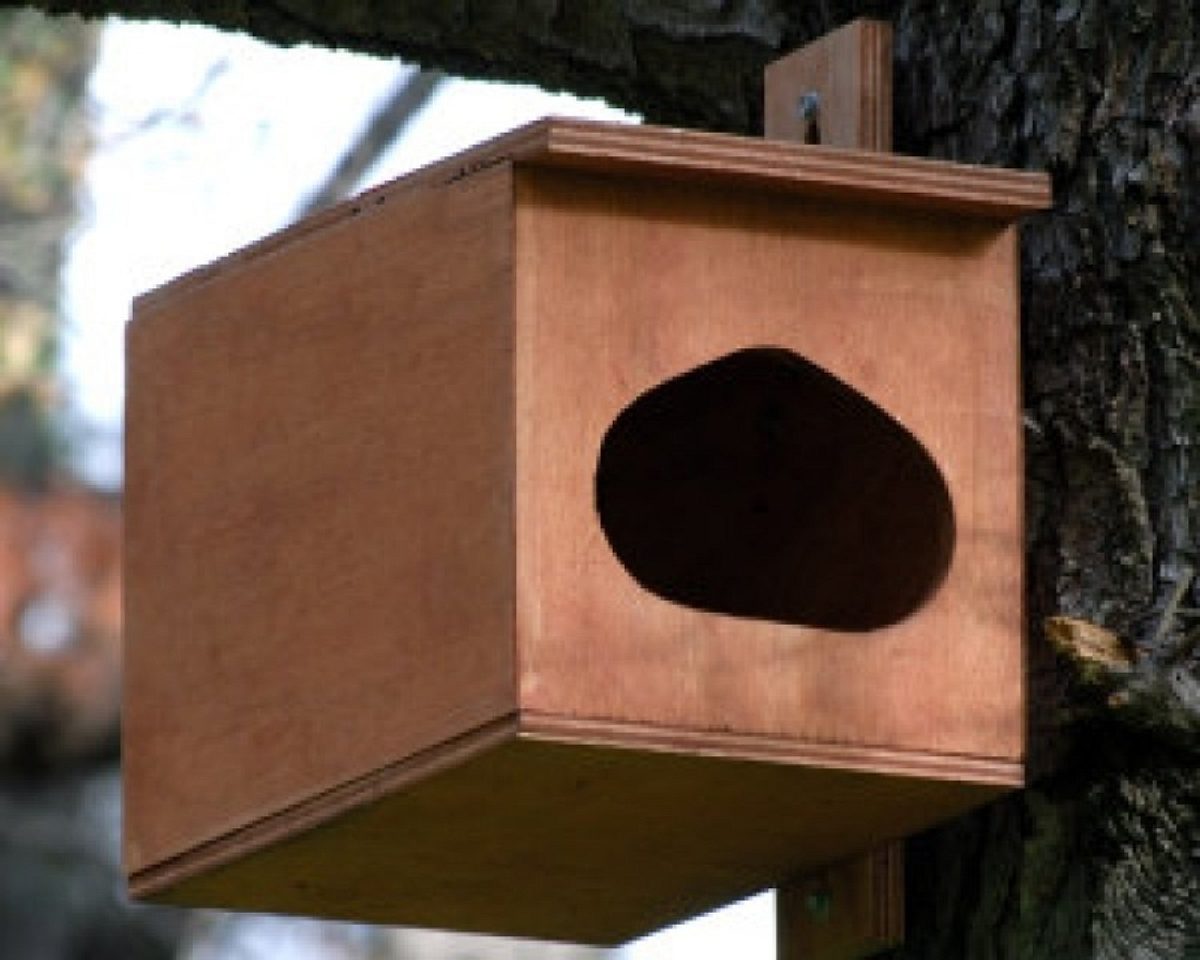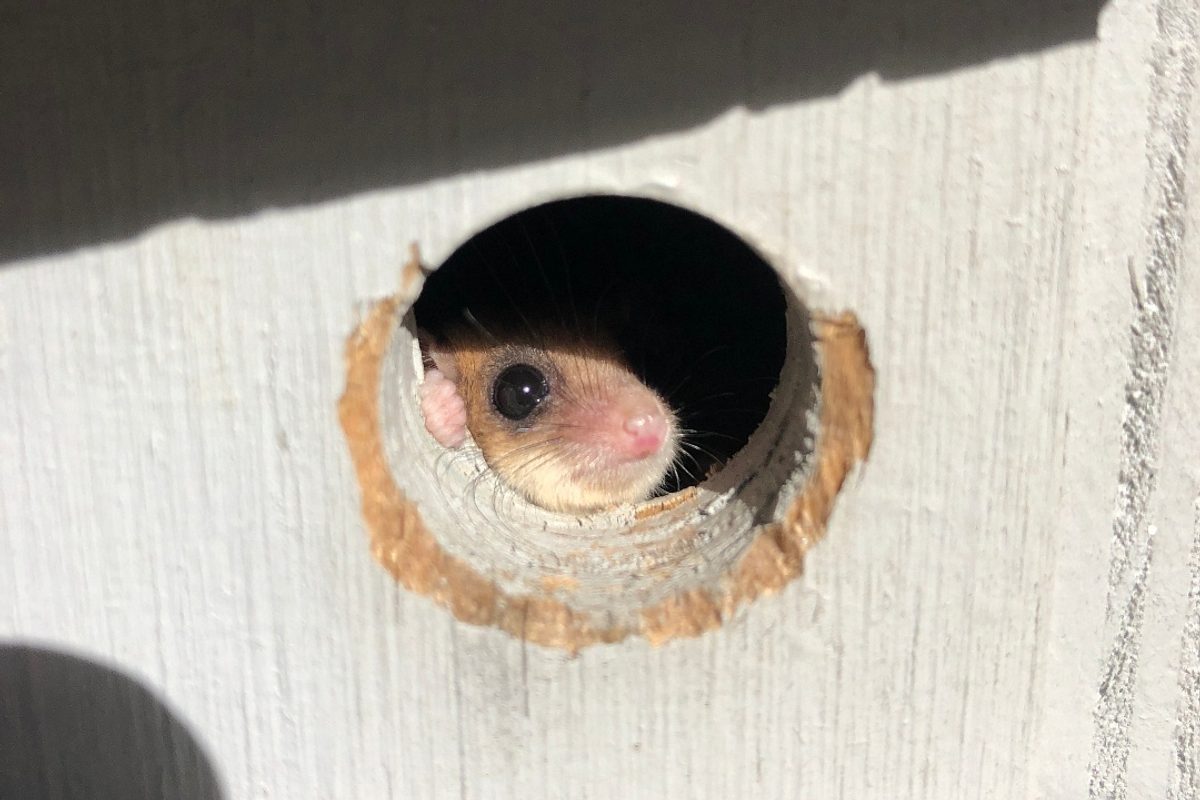
How you can help native wildlife by installing a nest box in your garden
Did you know Australia has the most hollow-dependent wildlife in the world? This World Habitat Day, consider helping our hollow-dependent creatures by building a nest box.
Tree hollows support a huge variety of our beloved native animals, like sugar gliders, kookaburras, microbats, ducks, owls, parrots, galahs, cockatoos and possums, for nesting, roosting and shelter.
It takes at least 80 years for trees to start forming hollows – and close to 300 years for a hollow large enough for a brushtail possum or a cockatoo to use.
But unfortunately older trees are getting harder to come by.
Many trees have been cleared to make room for urban development or to be used for firewood, or removed if the potential of falling branches poses a risk to public safety.
With less older trees, it means less natural hollows. And because it takes so long for hollows to form, we’re losing them faster than we’re gaining them.
We need to look after the important natural hollows that SA has left, but we can also give our native wildlife a helping hand by providing them with an alternative.
Here’s everything you need to know about nest boxes and how to go about getting one for your backyard.
What is a nest box?
A nest box is an enclosure built especially for animals to nest, roost or shelter in.
It mimics natural hollows and provides wildlife with a comfortable and safe place to rest in and raise their young.
What type of box is best?
As you might have guessed, there’s no one-size-fits-all nesting box. Each species’ size and habitat requirements differ so you need to select a nest box that suits the type of animal you are wanting to help – either those you know about in your area or ones you are hoping will come.
The most common native animals that use nest boxes in South Australia are possums, birds and microbats:
Possums
Possums are quick to use nest boxes when they are available, but different species do so in different ways.
For example, pygmy possums and common ringtail possums tend to make a leaf nest in the branches of trees, but will utilise hollows during the wetter periods of winter and spring. However brushtail possums seek out a hollow to shelter throughout the entire day, before they leave and go exploring at night.
Top tip: Installing a possum nest box could also minimise the risk of one taking up residence in your roof! If it’s too late, and the possum’s already made your roof its home, here’s how to politely evict it.

Birds
The size and orientation of your nesting box and the opening will depend on the species you are looking to appeal to.
Rosellas, red-rumps and many parrots like to nest in vertical hollows, whereas wrens, ducks and kookaburras prefer hollows on the horizontal, so make sure you mimic these set-ups with your nesting boxes.

Microbats
SA’s microbat species use boxes to roost during the day, and on a more permanent basis in winter when they hibernate.
Microbats boxes need to be designed with a landing pad at the bottom of the box so they can crawl up inside.
Top tip: Got a bat in your house? Here’s how you can help it find its way out – without catching it!

How do I get a nest box?
You can either create your own nest box or buy one ready-made.
Creating a nest box is fun and is a popular educational activity to do with kids.
Many designs and step-by-step guides on how to design and build your own nest box are available on the internet, specific for the native animal you are keen to attract.
Otherwise, get your hands on a copy of ‘Nest boxes for wildlife – a practical guide’ by Alan and Stacey Franks or ‘The Nest-Box Book’ by the Gould League, which both provide dimensions, drawings and details of nest box construction for Australian native wildlife.
If you don’t have time or toolkits aren’t your thing, you can buy a nest box locally. FauNature create a range of native wildlife nest boxes to buy online and have them delivered right to your doorstep.
Where should I install it?
Install your nest box at least 4 metres high to avoid threats from dogs, cats, rats and foxes. Just make sure you can easily access the box to maintain it.
Planting locally native, dense prickly shrubs as understorey around trees with hollows can also help to deter predators.
Make sure the box entrance faces away from the harsh afternoon sun and is placed to avoid strong winds.
How can I encourage wildlife to use the nest box?
Native gardens can attract native wildlife and encourage them to use the nest boxes. Check out our story about how to plant a native garden, and make sure you include lots of local plants of various sizes and structures that flower and fruit.
This is especially important if you are looking to attract nectar or insect-eating species. With the right plant species you can provide wildlife with a food source all year round, which isn’t only important for the animals using your nest boxes, but all of your native wildlife visitors.
Take the time to observe and inspect
A few weeks after installing your nesting box, you may be curious to see who is taking up residence, either using it as a hotel or has perhaps moved in on a more permanent basis. When checking the nest box use your eyes only, be careful not to touch the species as you could harm them or yourself.

While you're installing nest boxes, why not discover 6 simple steps to planting a tree.





